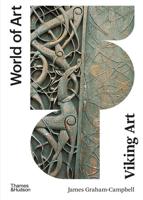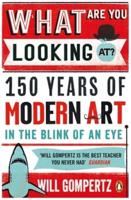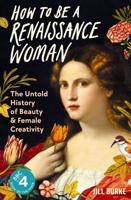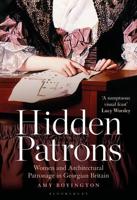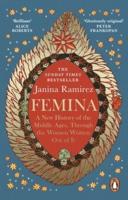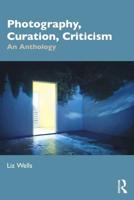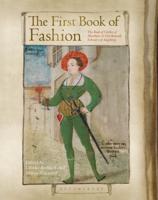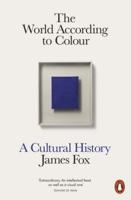Publisher's Synopsis
The reader may already be acquainted with Hiroshige's Hoeidō series (1833-34) of The Fifty-Three Stations of the Tōkaidō, author's ISBN 978-1-64786-283-1. This was the most popular print series ever made in Japan. Hiroshige lived from 1797 to 12 October 1858, but retired in 1856.
The Fujikei Tōkaidō is one of Hiroshige's unfinished Tōkaidō series, consisting of 34 prints, which are however numbered in the tradition of the 53 Stations, usually comprising of 55 or 56 prints.
The Fujikei Tōkaidō was published 1849 - 1853 by the publisher Fujiokaya Keijirō (Shōrindō). Fujikei was his seal name.
The Fujikei prints show beautiful women, bijin, on a background with props and inserts with motifs from the Tōkaidō station in question. It is very much comparable to Hiroshige and Kunisada's Two Brushes Tōkaidō (1854-1855) ISBN 9781649454751 which also has these inserts and completed in the same period with a different publisher, Maruya Kyūshirō, in two years.
Utagawa Hiroshige (in Japanese: 歌川 広重), also called Andō Hiroshige (in Japanese: 安藤 広重;), was a Japanese ukiyo-e artist, considered the last great master of that tradition. He was born 1797 and died 12 October 1858.
Ukiyo-e is a genre of Japanese art which flourished from the 17th through 19th centuries. Its artists produced woodblock prints and paintings of such subjects as female beauties; kabuki actors and sumo wrestlers; scenes from history and folk tales; travel scenes and landscapes; flora and fauna; and erotica. The term ukiyo-e (浮世絵) translates as "picture[s] of the floating world".
Hiroshige is best known for his horizontal-format landscape series The Fifty-three Stations of the Tōkaidō, which is the subject of this book, and for his vertical-format landscape series One Hundred Famous Views of Edo.
The main subjects of his work are considered atypical of the ukiyo-e genre, whose focus was more on beautiful women, popular actors, and other scenes of the urban pleasure districts of Japan's Edo period (1603-1868).

